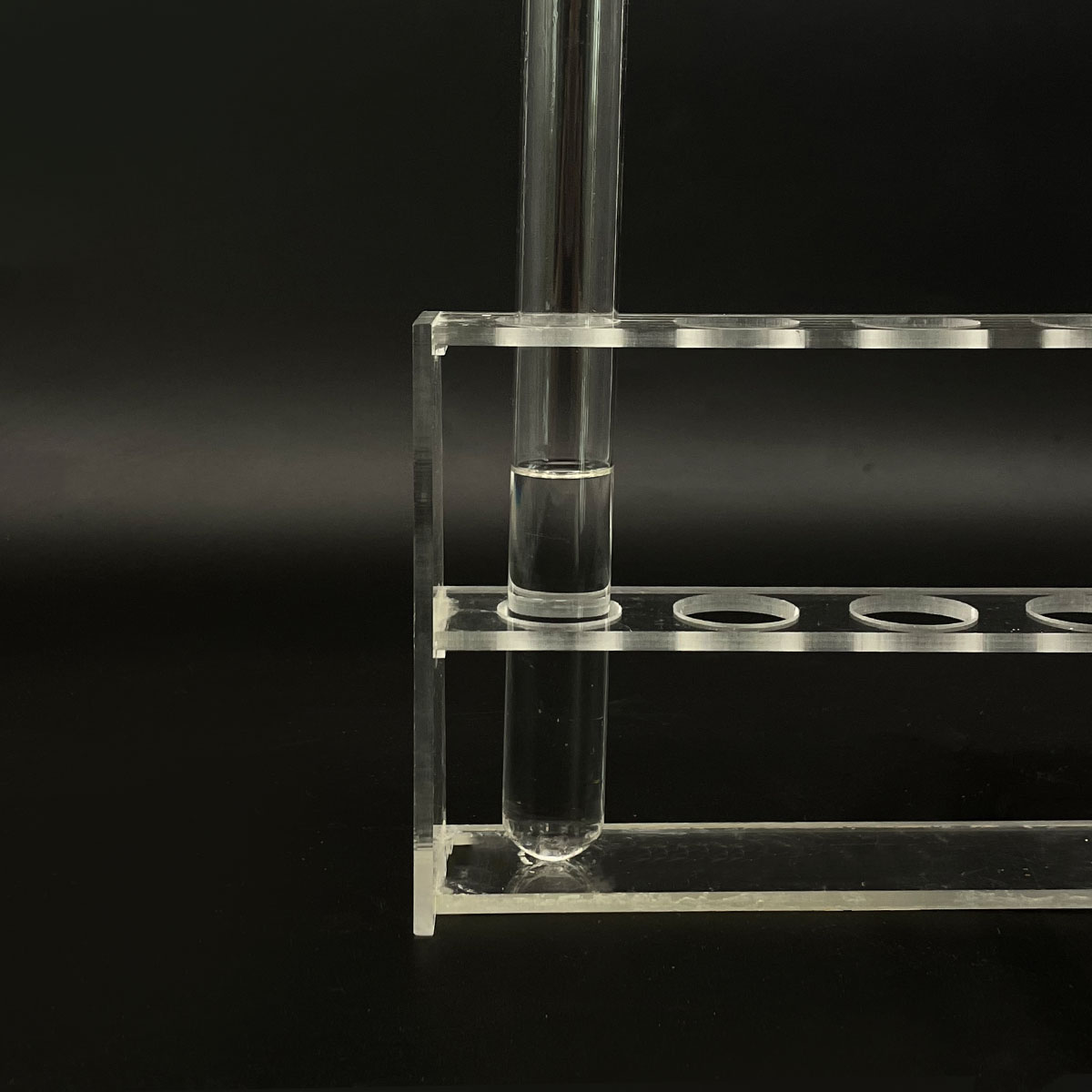**Surfactants: Secret Cleaners or Silent Killers?**
(Are Surfactants Toxic)
You’ve probably never heard their full name, but surfactants are everywhere. They’re in your shampoo, dish soap, laundry detergent, even your toothpaste. These sneaky chemicals make water wetter, help oil mix with water, and lift dirt off surfaces. But here’s the big question: do these miracle workers come with a hidden cost?
Let’s start simple. Surfactants are molecules with two sides. One side loves water. The other side hates it and clings to grease or dirt. This split personality lets them trap grime and wash it away. Without surfactants, your soap would just slide over grease, leaving your dishes dirty. Sounds great, right? But not all surfactants are the same. Some might be friendlier than others.
Take the ones in your bathroom or kitchen. Many common surfactants, like sodium lauryl sulfate (SLS), get a bad rap. People say they irritate skin, dry out hair, or pollute rivers. Others, like coco-glucoside (made from coconut and sugar), are labeled “natural” and “gentle.” The truth is, toxicity depends on the type, how much you’re exposed to, and where they end up after you rinse them away.
Here’s the worry. Some surfactants don’t break down easily. When they wash down drains, they can linger in rivers or lakes. In high amounts, they might harm fish or algae. Lab studies show certain surfactants can damage cell membranes or mess with hormones in animals. But these studies often use concentrations way higher than what’s in your shampoo. It’s like saying salt is deadly because eating a pound of it could kill you.
For humans, the risks are less dramatic. Skin contact with strong surfactants might cause redness or itching, especially if you have sensitive skin. Breathing in aerosolized surfactants (like in some cleaning sprays) could irritate your lungs. But everyday products are designed to keep these risks low. Companies test surfactants for safety, and groups like the EPA or EU set limits on their use.
Still, questions remain. What about long-term exposure? What happens when surfactants mix with other chemicals in the environment? Researchers are studying these angles, but answers aren’t clear yet. Some say better safe than sorry—switch to “green” surfactants just in case. Others argue the dose makes the poison, and normal use isn’t a threat.
If you’re nervous, there are options. Look for products with plant-based surfactants, or try soap nuts (yes, they’re real—dried fruit shells that make soapy water). Baking soda and vinegar can handle some cleaning jobs without surfactants. But let’s be honest: nothing beats surfactants for cutting through stubborn grease or making shampoo lather.
Regulations play a role too. Many countries ban or restrict the worst surfactants. The EU has phased out some that harm aquatic life. Companies are pressured to develop biodegradable alternatives. Still, not all regions enforce strict rules, and “eco-friendly” labels can be misleading.
So where does this leave us? Surfactants aren’t villains. They’re tools. Like any tool, misuse can cause problems. Proper disposal, smarter product choices, and updated safety guidelines could keep their benefits while reducing risks. Science keeps evolving, and so do the surfactants in your home. Maybe the real issue isn’t the chemicals themselves—it’s how we use them.
(Are Surfactants Toxic)
Next time you wash your hands or scrub a pan, think about the tiny molecules doing the heavy lifting. Are they harmless helpers? Maybe. Could they be trouble in the wrong situation? Possibly. The debate isn’t over, but one thing’s clear: surfactants aren’t going away. The challenge is making sure they work for us, not against us.
Inquiry us
if you want to want to know more, please feel free to contact us. (nanotrun@yahoo.com)




